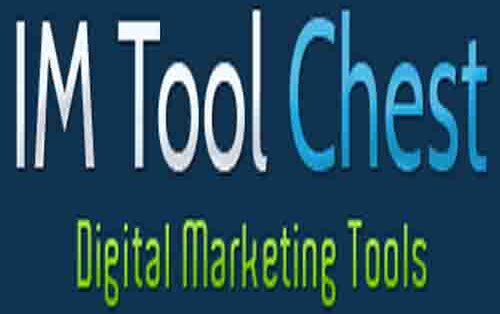Client Site Migration: Clear Communication Framework for SEO Pros
Rebecca Yu's insights outline a crucial communication framework for SEO professionals navigating complex site migrations with non-technical clients. This “product” is a structured methodology designed to bridge the inherent knowledge gap, transforming a potentially stressful technical undertaking into a transparent, manageable process. Its key features include strategies for accurately identifying various migration types—such as platform shifts, domain changes, protocol updates (HTTP to HTTPS), or significant content restructuring—and tailoring explanations to each scenario.
A core component of this framework involves proactive client education. Before any migration, SEO professionals are guided to clearly articulate the “what,” “why,” and “how” of the process, setting realistic expectations regarding timelines, potential short-term performance fluctuations, and the ultimate long-term benefits. This includes defining clear, measurable success metrics *before* the migration begins, ensuring alignment between client and professional. The methodology also emphasizes the importance of translating technical SEO jargon into understandable, business-oriented language, a crucial feature for improving client comprehension and reducing anxiety.
The primary benefit of adopting this communication strategy is a significantly smoother transition for all stakeholders. It fosters client trust, minimizes misunderstandings, and enables proactive issue resolution rather than reactive firefighting. The target audience for this methodology is primarily SEO professionals, consultants, and digital marketing agencies responsible for guiding clients through website overhauls or infrastructure changes. Web developers and project managers overseeing such projects would also find immense value in applying these principles.
Technically, the framework specifies elements like conducting thorough pre-migration audits (checking redirects, content mapping, crawl budget considerations), establishing robust post-migration monitoring protocols (leveraging Google Analytics, Search Console, and regular crawl reports), and maintaining continuous, transparent reporting. It's about systematizing the information flow, ensuring that every phase, from planning to post-launch optimization, is communicated clearly and consistently, effectively turning a complex technical endeavor into a well-understood, collaboratively managed project. This structured approach is the “technology” enabling successful client engagement during critical site changes.
(Source: https://moz.com/blog/how-to-communicate-site-migration-to-clients-whiteboard-friday)









